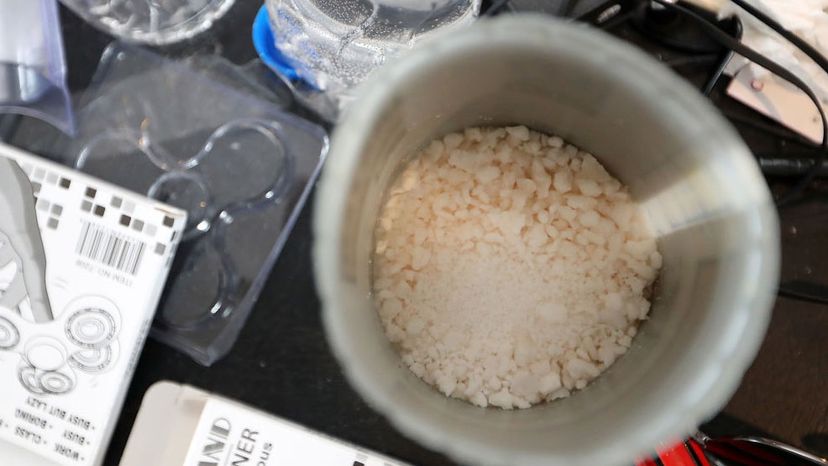How to Make Meth

The production of methamphetamine — and the desire to consume it — is seemingly unstoppable. When precursor chemicals are brought under tight control in one country, like the United States, production simply moves to another country, such as Mexico. When Mexican authorities clamp down, it moves farther south, or into Europe or Asia. Then, the finished product is shipped right back into the very countries that have waged such a battle to eradicate it in the first place.
Most meth smuggled into the United States is made in large labs — "superlabs" — in Mexico. There are many small meth labs in operation in the United States, but these mostly serve to feed the habits of the amateur cooks themselves.
Advertisement
The production of methamphetamine has been made more difficult by federal regulations, like the Combat Methamphetamine Act of 2005, aimed at controlling the flow of precursor chemicals such as ephedrine and pseudoephedrine (found in some cold remedies), as well as other necessary components. Through theft, subterfuge, forgeries, personal connections and sheer willpower, determined cooks are able to collect enough materials to make some home-grown meth.
Being determined and being safe are two different things — almost 6 pounds (2.7 kilograms) of toxic material is produced for each pound of meth cooked. This fact, however, doesn't stop crystal meth addicts from brewing sloppy batches of fuming, stinking, toxic speed in poorly ventilated environments. Houses used as meth labs are often uninhabitable afterward, and cities and states involved in meth lab busts often don't bother with seizing the property, since nobody in their right mind would purchase it at an auction, even at a steep discount. Small meth labs can be found in suburban houses, motel rooms, car trunks, in campsites or in the woods. Outdoor operations often result in water contamination and a dying-off of nearby vegetation [source: Snell].
Large-scale labs are often located inside abandoned barns or warehouses set up specifically for the purpose of factory-line production of methamphetamine. They aren't necessarily dilapidated properties. They may actually be glistening corporate-style factories that crank out countless pounds of meth per year [source: Matthews].
Much as a destination can be reached by taking one of several different routes, so too can crystal methamphetamine be produced by a number of different methods, including scary "shake-and-bake" and "one-pot" processes. All of them, though, involve ephedrine or pseudoephedrine. The entire process can involve as many as 32 different chemicals, but the formula varies by the ingenuity and intelligence of the "chemists" [source: Snell].
Without getting into an exact recipe, we'll look at how large-scale operations (which are more likely to use a methodical and exact approach to their production) make crystal meth.
- If the ephedrine or pseudoephedrine isn't already in pure powder form, then it must be separated from the tablets of cold medicine that contain it. To do this, the cold medicine tablets are mixed with a solvent and the solution is then filtered and exposed to low temperatures to separate and remove the inert material of the tablet.
- The pure pseudoephedrine is then mixed with red phosphorus and hydriodic acid.
- The red phosphorus is then filtered out (and later reused), and the remaining acid is neutralized by adding a lye solution.
- A substance is added that will bind to the meth, and the liquid meth is then drained out.
- Hydrogen chloride gas is bubbled through the liquid meth, making it a crystalline hydrochloride salt.
- This is poured through a filter cloth, and the meth that is left on the filter is then dried.
- Once dry, the meth is "stepped on" (mixed down with inert filler in order to maximize profits), weighed and packaged for shipment or sale.
This process generally takes about two days' time and can result in hundreds of thousands of methamphetamine doses.